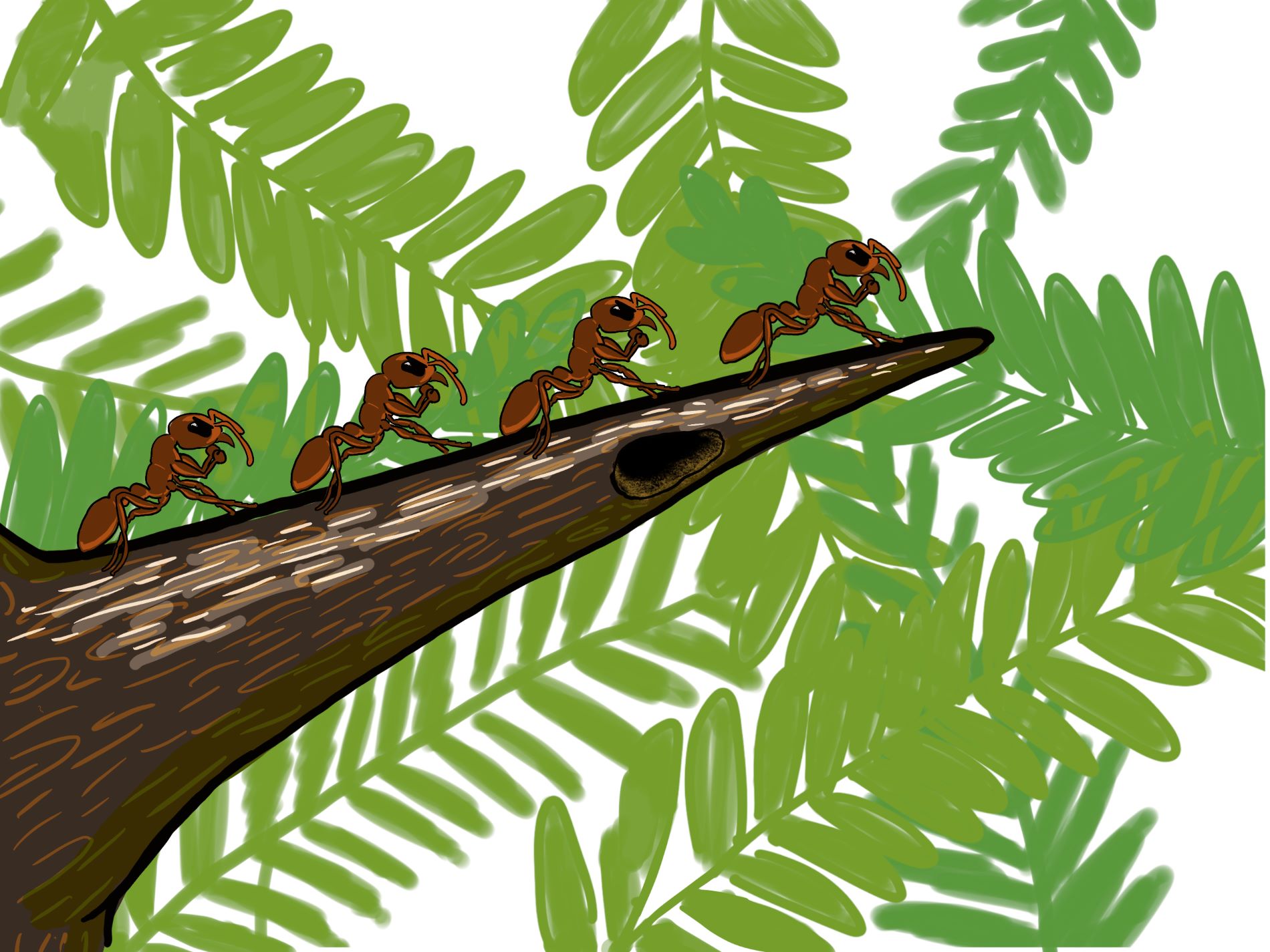
When it comes to the intricate dance of nature, few processes are as captivating as coevolution. This mesmerizing phenomenon occurs when two or more species exert a profound influence on each other’s evolution over time. Coevolution has resulted in some of the most remarkable adaptations and interactions in the natural world.
In this article, we will delve into the fascinating realm of coevolution and uncover 17 intriguing facts about this complex and dynamic process. From the tight bonds between pollinators and flowers to the never-ending arms race between predators and prey, coevolution offers a lens through which we can marvel at the intricate interplay of species.
So, fasten your seatbelts and get ready to embark on a journey through the captivating world of coevolution, where species engage in an evolutionary tango that shapes the course of life itself.
Key Takeaways:
- Coevolution is a close and continuous relationship between species, driving changes in each other over time. It can lead to mutualistic partnerships or competitive interactions, shaping entire ecosystems.
- Human activities can disrupt coevolution, leading to imbalances in ecosystems. Coevolution drives speciation, influences behavior, and can result in both harmonious and conflict-driven relationships.
Coevolution is a close and continuous relationship between two or more species.
Coevolution occurs when species influence each other’s evolution over time. It involves reciprocal adaptations where changes in one species drive adaptations in another.
Coevolution can lead to mutualistic relationships.
In mutualistic coevolution, species develop a mutually beneficial partnership. An example of this is the relationship between flowers and their pollinators.
Coevolution can also lead to antagonistic relationships.
In antagonistic coevolution, species engage in a competitive relationship. This can be observed in predator-prey interactions or in the coevolutionary arms race between host and parasite.
Coevolution is driven by natural selection.
Natural selection favors traits that increase reproductive success. In coevolution, the traits that enhance the survival and reproduction of one species are influenced by the traits of the interacting species.
Coevolution can result in specialization.
Through the coevolutionary process, species can become highly specialized to exploit specific ecological niches. This can lead to the development of unique adaptations and behaviors.
Coevolution can lead to co-adaptation.
Co-adaptation occurs when two or more species evolve together, shaping each other’s traits as a result of their interactions. This process helps to maintain the balance in ecosystems.
Coevolution is not limited to just animals.
Plants can also engage in coevolutionary relationships, such as the coevolution between plants and their seed dispersers or plants and their pollinators.
Coevolution can occur on various timescales.
Some coevolutionary relationships develop over millions of years, while others can occur rapidly in response to changing environmental conditions.
Coevolution can have cascading effects on entire ecosystems.
Changes in one species can trigger a chain reaction of coevolutionary responses in other species, ultimately shaping the structure and dynamics of entire ecological communities.
Human activities can disrupt coevolutionary relationships.
Human-induced changes, such as habitat destruction and the introduction of invasive species, can disrupt coevolutionary interactions and lead to imbalances in ecosystems.
Coevolution can drive speciation.
Coevolutionary processes can contribute to the formation of new species by driving genetic divergence and reproductive isolation between populations.
Coevolution can result in symbiotic relationships.
Symbiotic coevolution occurs when two species depend on each other for survival. Examples include lichens formed by the mutualistic relationship between fungi and algae.
Coevolution can influence the evolution of behavior.
Interactions between species can shape the development of behaviors that increase the fitness of individuals and enhance their chances of survival.
Coevolution can lead to convergent evolution.
Coevolutionary pressures between different species can result in the independent evolution of similar traits or adaptations.
Coevolution is not always a harmonious process.
While some coevolutionary relationships are mutually beneficial, others can involve conflict and exploitation.
Coevolution can occur between species that are geographically distant.
Even species that are separated by vast distances can engage in coevolutionary relationships, as long as their interactions influence each other’s evolution.
Coevolutionary relationships are constantly evolving.
As species continue to interact and adapt to changing environments, coevolutionary relationships undergo ongoing shifts and changes.
Conclusion
Coevolution is a captivating phenomenon that occurs when two or more species influence each other’s evolution over time. As we delve deeper into the intricacies of the natural world, we uncover fascinating facts about the complex relationships and interactions that shape the biodiversity on our planet.
From the mutual adaptations between flowers and pollinators, to the arms race between predator and prey, coevolution showcases the incredible resilience and adaptability of living organisms. Understanding the mechanisms and implications of coevolution not only enriches our knowledge of the natural world but also holds immense potential for various fields of study, including ecology, genetics, and conservation.
As we continue to explore and discover more about the intertwined destinies of different species, the study of coevolution will undoubtedly unveil even more intriguing insights and discoveries. By delving into the fascinating world of coevolution, we gain a deeper appreciation for the interconnected web of life that surrounds us.
FAQs
Q: What is coevolution?
A: Coevolution is the process in which two or more species exert selective pressures on each other, leading to adaptations in response to each other’s presence.
Q: How does coevolution occur?
A: Coevolution occurs when two species interact closely with each other, such as in predator-prey relationships, mutualistic interactions, or symbiotic associations.
Q: Can humans be involved in coevolution?
A: Yes, humans can also influence coevolutionary processes, such as through artificial selection in domesticated plants and animals.
Q: What are some famous examples of coevolution?
A: Some famous examples of coevolution include the mutually beneficial relationship between flowers and their pollinators, the arms race between cheetahs and gazelles, and the coevolution of parasites and their hosts.
Q: Why is the study of coevolution important?
A: The study of coevolution is important because it helps us understand the intricate relationships between species and how they adapt to each other’s presence. This knowledge is relevant for various fields, including ecology, genetics, and conservation.
Coevolution's captivating dance continues, shaping life's tapestry. Hungry for more knowledge? Feast on the intricacies of trophic interactions, where species' fates intertwine in the grand banquet of life.
Was this page helpful?
Our commitment to delivering trustworthy and engaging content is at the heart of what we do. Each fact on our site is contributed by real users like you, bringing a wealth of diverse insights and information. To ensure the highest standards of accuracy and reliability, our dedicated editors meticulously review each submission. This process guarantees that the facts we share are not only fascinating but also credible. Trust in our commitment to quality and authenticity as you explore and learn with us.


